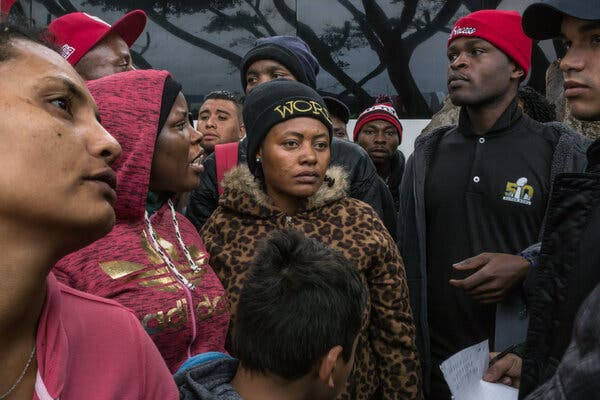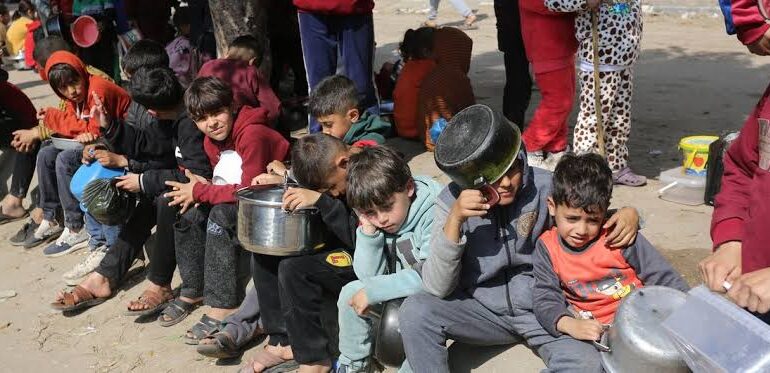
Faith Nyasuguta
Starvation driven by Israel’s blockade is tightening its deadly grip on Gaza, where children are now dying daily from hunger and thousands more face the same fate as food supplies dwindle. Once a crisis in the shadows, Gaza’s hunger emergency has exploded into an unfolding tragedy that health workers say is worsening by the hour.
In recent weeks, disturbing scenes have emerged from cities like Khan Younis and Gaza City. Desperate parents rush to aid trucks for sacks of flour, clutching at any chance to feed starving families. In one heartbreaking moment, Walid Abu Mohsen, a father of seven, told news outlets how he felt relief and despair all at once as he snatched a rare sack of flour from a sparse convoy. “Even we, the young ones, can barely walk due to lack of food,” he said.
But for many, the wait for food ends in tragedy. On Sunday alone, more than 90 people were reportedly killed while trying to reach desperately needed supplies. According to Dr. Marwan Al-Hams, who heads Gaza’s network of field hospitals, the victims were gunned down near a crossing point with Israel – one of the few lifelines for aid. The World Food Programme confirmed that its 25-truck convoy came under fire from Israeli tanks and snipers as it rolled in from the Zikim border. “Countless lives” were lost in moments that aid workers say reveal how dangerous it has become to simply try to eat.
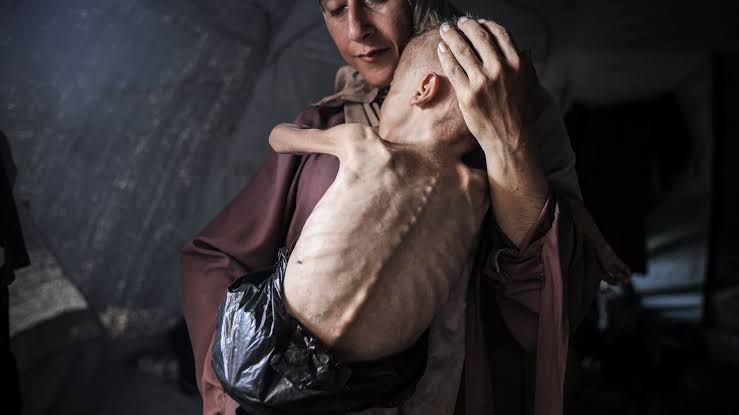
Dr. Mohammed Salmiya, director of Al-Shifa Hospital in Gaza City, said that “famine is now striking Gaza alarmingly and terrifyingly,” as hospitals buckle under waves of malnourished children. Over the weekend, at least two more children died in his hospital alone.
The Palestinian Health Ministry said on Monday that nineteen people, including children, died of malnutrition in just 24 hours – a figure Mambo Media could not immediately verify but that mirrors broader trends confirmed by the World Health Organization. Since Israel imposed a tight blockade on Gaza’s crossings in early March, more than 50 children have died of hunger-related causes.
Though the blockade was eased in May, Israel has permitted only limited aid to trickle through. Much of it is distributed through the Gaza Humanitarian Foundation (GHF), a controversial organization backed by Israel and the US. Its limited operations have faced sharp criticism from the UN and other aid groups for failing to deliver sufficient food to 2.1 million Palestinians. According to GHF, it has provided about 82 million meals since May – an amount that works out to barely one meal per person every two days.
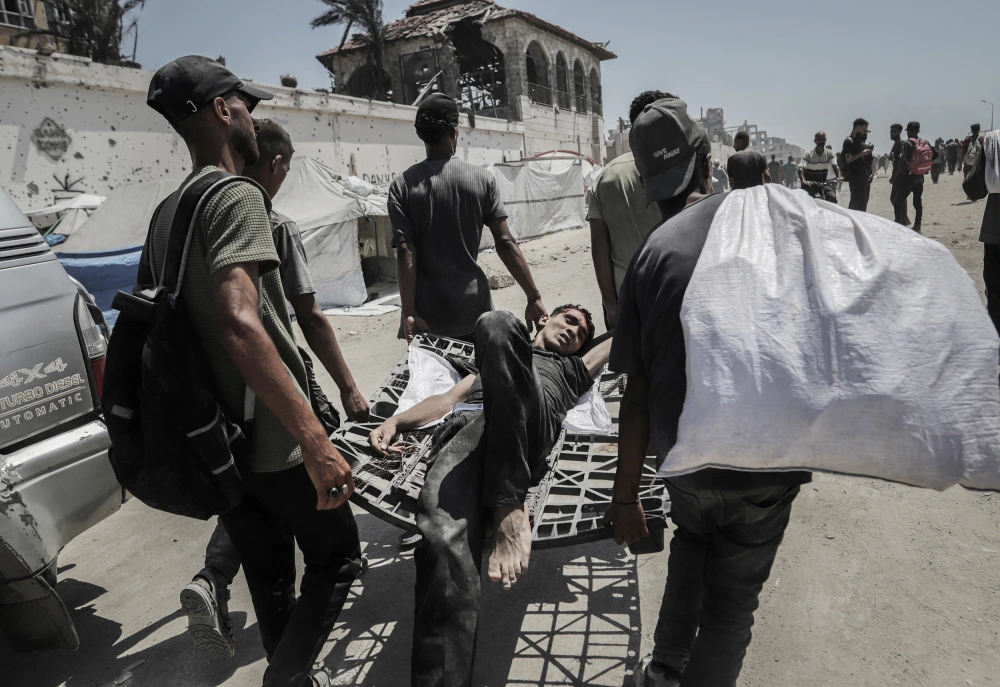
Inside Gaza’s hospitals, foreign doctors witness the crisis firsthand. Dr. Travis Melin, an anesthesiologist from Oregon volunteering in the territory, says malnutrition is now nearly universal among patients. “The evidence of hunger is right in front of us,” he said.
Meanwhile, UN Secretary-General Antonio Guterres has warned through his spokesman that Gaza’s “last lifelines keeping people alive are collapsing.” The UN human rights office reports that nearly 900 people have now died while trying to get food since the war began. Many are shot while waiting at crossing points or distribution hubs. Aid groups say the situation is deteriorating faster than international efforts can respond.
While Israel’s military has said it is investigating the deadly attack on the WFP convoy, its spokesperson Lt. Col. Nadav Shoshani also claimed the reported death toll does not match IDF records. Still, the scale of need is undeniable. Before the war, Gaza’s daily needs were met by around 500 aid trucks entering the territory. Now, Israel’s government claims there are over 700 trucks inside Gaza waiting to be distributed, but aid groups say the trucks are stuck in bureaucratic and security bottlenecks while families starve.
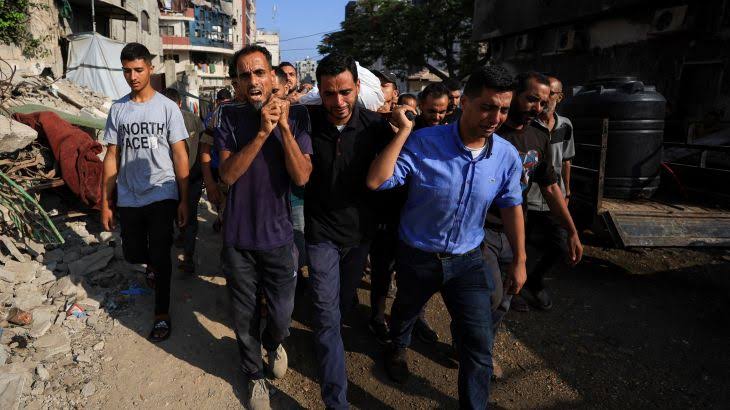
A spokesperson for Israeli Prime Minister Benjamin Netanyahu did not respond to requests for comment about the mounting deaths from hunger. Israel continues to insist that Hamas fighters often seize or disrupt aid convoys – claims that humanitarian groups say do not excuse the slow trickle of life-saving food.
For families trapped in the enclave, the reality is brutal. Food prices in local markets have soared beyond the reach of ordinary people. The World Food Programme says nearly one in three Gazans is now going entire days without eating anything at all. Carl Skau, WFP’s Deputy Executive Director, said the situation in Gaza is “worse than I’ve ever seen it.” Mothers, he said, describe begging their children not to play outside to conserve precious calories.
Despite these warnings, the Gaza Humanitarian Foundation insists it is doing all it can. “There isn’t enough aid coming into Gaza,” a spokesperson said, adding that GHF has been the only channel able to bring in food consistently, but that more international action is urgently needed.
Aid workers on the ground paint an even grimmer picture. They speak of chaotic scenes at distribution points where people risk being crushed in crowds or shot at by Israeli forces. In some areas, desperate parents send children to line up for aid because they believe children are less likely to be shot – though even that hope is fading fast.
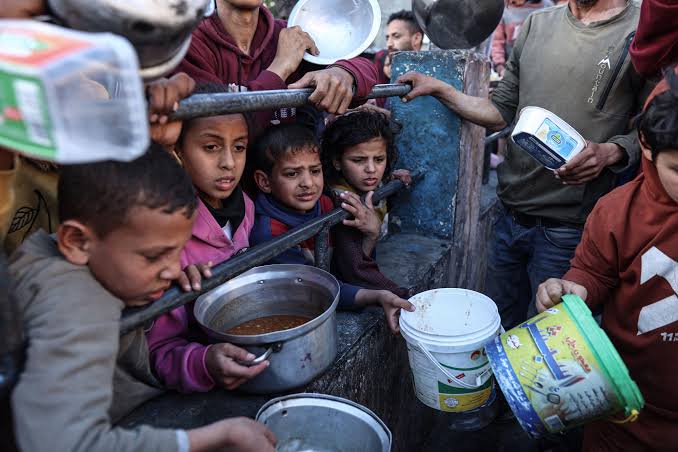
As Gaza’s war grinds on, its humanitarian crisis grows ever more lethal. Hospitals, once the backbone of the enclave’s survival during bombardments, now resemble shelters for the starving, their wards filled with the emaciated and the dying. Doctors say they see children daily whose bodies are shutting down from lack of food.
International pressure is mounting for Israel to ease the flow of aid, but for now, the trucks stuck at border crossings stand as grim symbols of promises unkept. Inside Gaza, families keep waiting – often for days – under the relentless sun, risking death from bullets, bombs, or the slow agony of hunger.
As the clock ticks, the people of Gaza wonder how long they must wait before the basic right to eat is restored.
RELATED:







